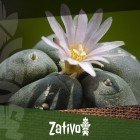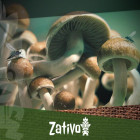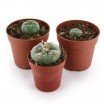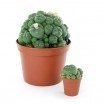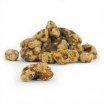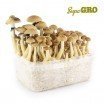Don't have an account?
Register NowYou have to add to cart at least 5 bottles or any program to make checkout.
- BlogWhat Is Micro-Dosing?
What Is Micro-Dosing?
Published: November 15th, 2017
Categories:
Magic Mushrooms • Plants and Seeds
WHAT IS MICRO-DOSING
Micro-dosing is a system of self-medicating with psychedelics by using "sub-perceptual" doses, meaning you would take much less than is needed to feel any type of high. When micro-dosing, users are still able to function normally and keep up with all of their daily activities including work, sports, and academics.
If you're partial to natural, homoeopathic medicine and alternative remedies, then micro-dosing might be just the thing for you. It's commonly touted as a non-addictive way to alleviate many ailments such as depression, fatigue, and migraines, but without the same risk of side effects posed by prescription medications.
Micro-dosing uses the three basic principles of homoeopathic treatment: "like cures like", the minimum dose, and the single remedy. "Like cures like," what exactly does that mean? Once the patient's physical, psychological and emotional complaints have been established, the homoeopathic practitioner then finds the remedy that shares the most similarities to what the patient described. The minimum dose means that only the smallest possible amount of treatment is prescribed. And last but not least, the single remedy, which refers to the common act of prescribing only one homoeopathic medicine at a time.
WHAT PEOPLE COMMONLY MICRO-DOSE WITH AND HOW TO DO IT
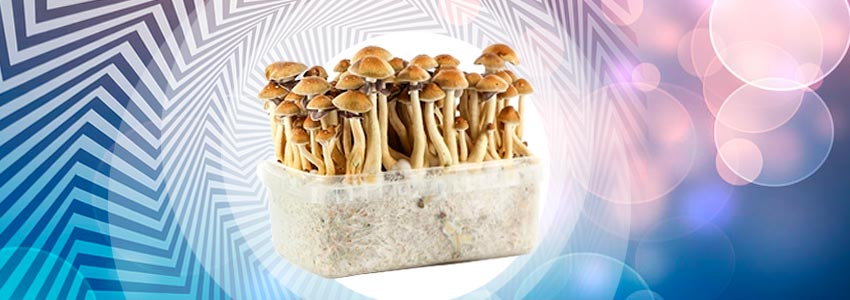
The most frequently micro-dosed substances are LSD and magic mushrooms, although some have been known to medicate with peyote as well. So how is it done? Well, you would start by measuring out your dose which should be about one-tenth to one-fifth of what it would take to get high. Standard doses are as follows: 6-25 micro grammes of LSD, 0.2-0.5 grammes of dried mushrooms, and 50-75 micro grammes of peyote/mescaline cactus.
Just like any other vitamin or medicine, you would use your psychedelic treatment regularly and stay on a committed schedule. James Fadiman, an American psychologist and Stanford University graduate who's known for his extensive work in the area of psychedelic research, suggests dosing once every three days and believes it's best to do it first thing in the morning. For example, on day one, you take your morning dose. Day two, the effects are still lingering and somewhat noticeable. On day three it should be out of your system and on the fourth day, you take another dose.
Those who micro-dose regularly report staying on that schedule for about a month, then often reducing the frequency to about once a week. The dose is too small to actually trip on, but despite that, you'll experience some noticeable, albeit subtle, internal changes. Many micro-dosers report experiencing improvements in mood, enhanced productivity or creativity, sharper focus, and even relief from many psychological afflictions and cluster headaches.
THE BENEFITS OF MICRO-DOSING
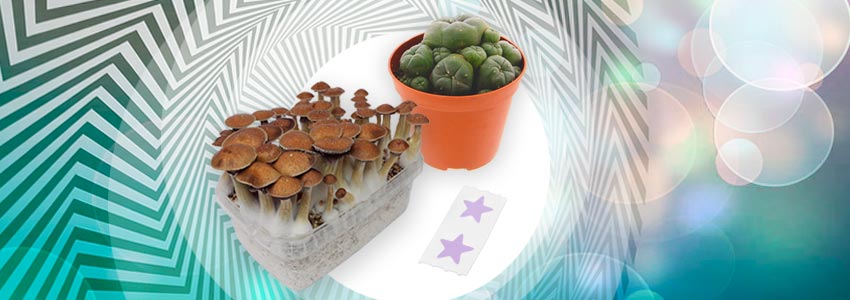
Since research has been fairly limited when it comes to any hallucinogenic substance, it's safe to say the benefits of micro-dosing could be extremely profound and far-reaching, we - as a society - just don't know it yet.
Though minimal, the studies that have been completed show that psychedelics are a very promising treatment option if you're trying to break free from the prescription pill cycle. It's been proven that small doses of psilocybin can stimulate brain cell regeneration and even repair previously damaged neurones.
But magic mushrooms aren't the only hallucinogens with notable healing powers. Shrooms, along with LSD and peyote all share similarities when it comes to self-medicating. Psychedelics are known to diminish a number of mental health disorders by changing the way the brain responds to negative stimuli, thereby making issues less stressful and easier to deal with when they arise. Another very common use for micro-dosing is for the treatment of migraines and cluster headaches, which are notoriously difficult to find relief from.
AN IMPROVED OVERALL WELLBEING

Those who micro-dose believe the benefits are much more extensive than just headache and mental health relief. Many would argue that psychedelics don't just treat specific conditions, but they improve overall health and well-being. It's common for people to have more energy and experience faster response times, plus a feeling of heightened visual acuity is often reported. It's also been used as a problem-solving aid, believe it or not.
According to Fadiman, who performed a study of this nature using LSD, "participants functioned normally in their work and relationships but with increased focus, emotional clarity, and creativity." This could explain why artists, musicians, writers, and even scientists and physicians attribute the use of hallucinogens to many of their brilliant discoveries and creations.
And what's probably the best thing of all is that hallucinogens, just like cannabis, are proven to be completely non-addictive. In some countries, the United States, for example, opioid abuse is reaching epidemic proportions. There's really no time better than the present to begin studying safe, non-addictive treatment options that won't harm the user or wreak havoc on society. So revel in your brilliance, fellow psychonauts! Psychedelics just might be the future of homoeopathic care.


